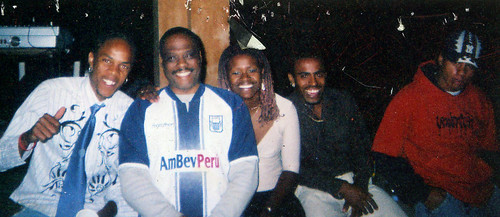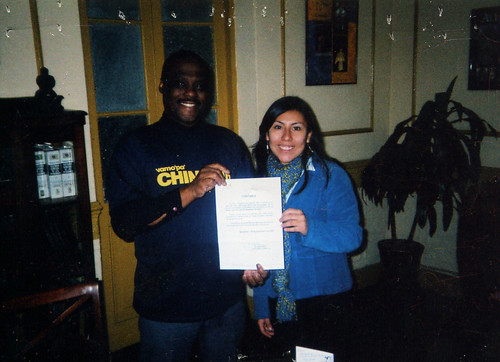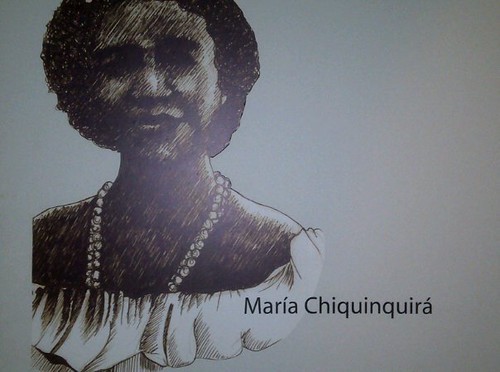It was Thursday, December 1, 2011, when I stepped off the plane in Caracas, Venezuela; got cleared by security and immigration, and made it onto the main floor of the Maiquetia International Airport. It was so refreshing to notice how friendly, conversational, and relaxed the women are as one had no qualms about asking me about my luggage. Mind you, there is not a city in the United States that comes close to the crime statistics of Caracas, and that includes Detroit, St. Louis, and Oakland. In fact, I have a co-worker from Caracas who feels “safe” in Oakland.
As I passed through the airport, I noticed a Black Venezuelan woman looking at me intently. I gave her a joyful smile, not out of flirtation, but out of happiness to see a sistah (a soul sister). Because of my smile, she looked at me even harder seemingly thinking we might know each other. I didn't have time to stop and chat because I was looking for someone who arranged to pick me up.
While I was riding the metro train, a white Venezuelan woman overheard me
speaking English with my friend and guide, María, and I couldn't help noticing this woman watching
me with a delightful smile. I immediately greeted her in Spanish and made lightweight conversation of which she seemed very pleased. “Buenas días, buenas tardes, buenas noches,” I would say to various women in my presence, and they would all respond with genuine warmth; not lust, not romantic interest, simply warmth. Almost every time I'd smile at a woman, she'd give me a happy, enthusiastic smile in return; not in a come-on kind of way, but out of friendly enthusiasm. The last time I smiled at a woman in San Francisco, CA, where I work, she immediately picked up the pace of her stride, and created as much distance from me as possible.
In the predominately Black Region of Barlovento, one woman referred to me as primo when I greeted her on the street. Primo literally means cousin, but in Venezuela, it is a colloquial expression suggesting familiarity. As I was heading back to the airport to catch my flight to Miami, a woman who doesn't know me from Hugo Chávez sat next to me on the bus and made conversation with me until she reached her stop.
During my whole trip to Venezuela, I encountered no negative attitudes, defensiveness, nor the paranoia that I'm so accustomed to experiencing in the United States of America. The friendly, pleasant demeanor of Venezuelan women (next to eating empenadas) is the most memorable part of my trip.

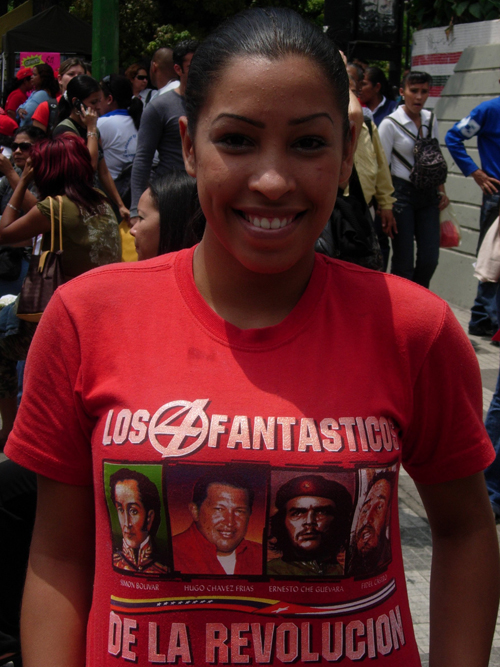


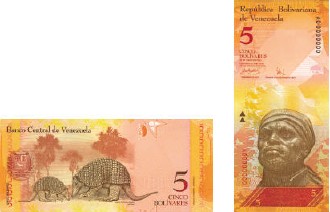



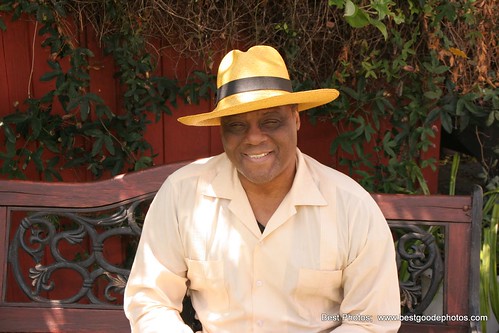
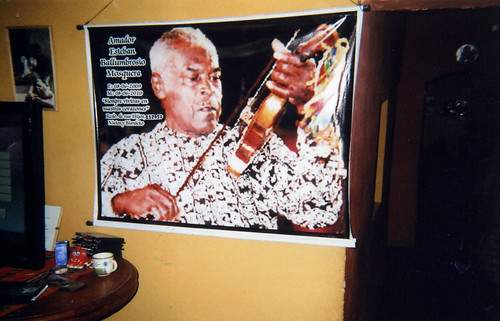
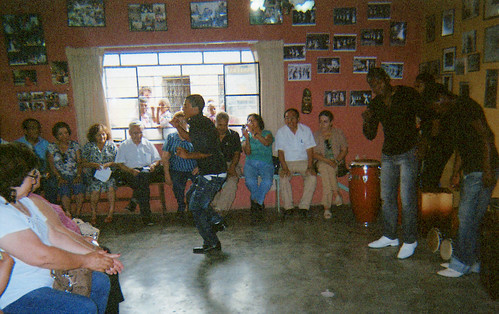
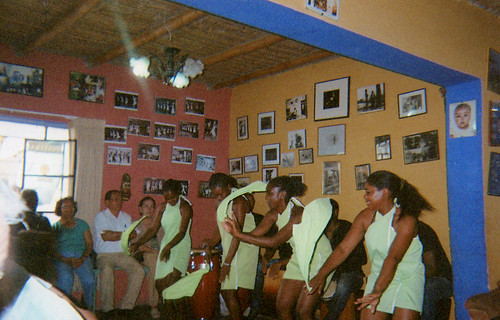
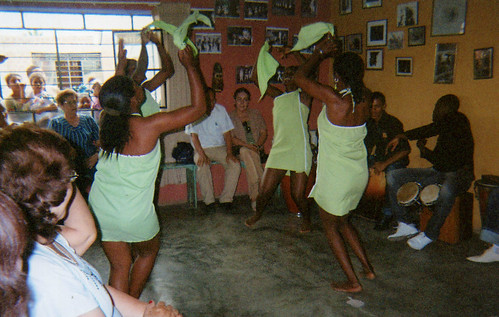

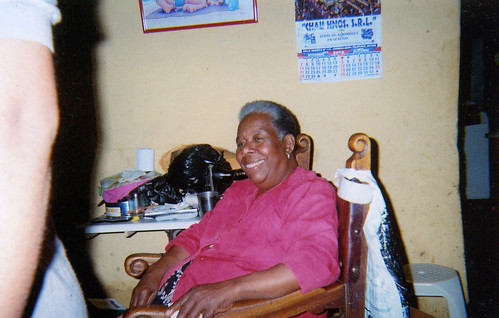

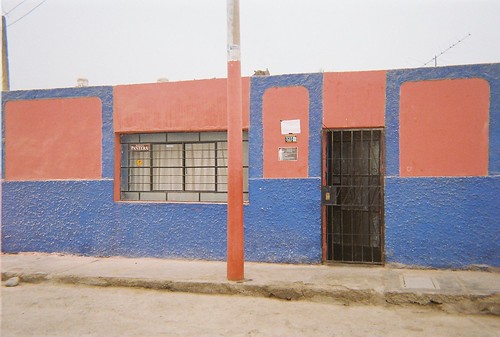




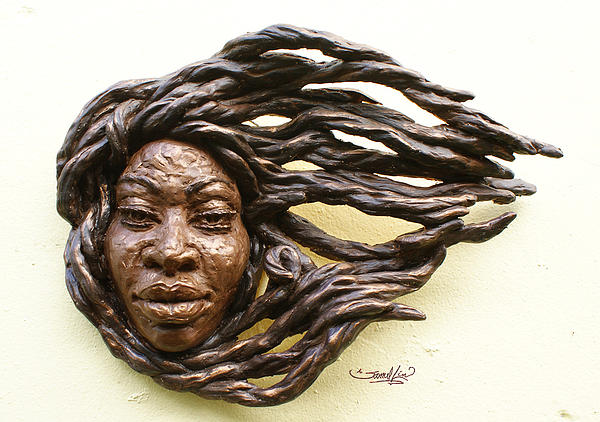







 Antonio Cartagena was born in a poor Afro-Peruvian family in Callao, Perú and having attended the Peruvian National Police Academy and the University of San Martín (a school named in honor of an Afro-Peruvian priest canonized as a Saint by the Catholic Church, before focusing on his music and producing his first hit song "Sin Ti"
Antonio Cartagena was born in a poor Afro-Peruvian family in Callao, Perú and having attended the Peruvian National Police Academy and the University of San Martín (a school named in honor of an Afro-Peruvian priest canonized as a Saint by the Catholic Church, before focusing on his music and producing his first hit song "Sin Ti" 



